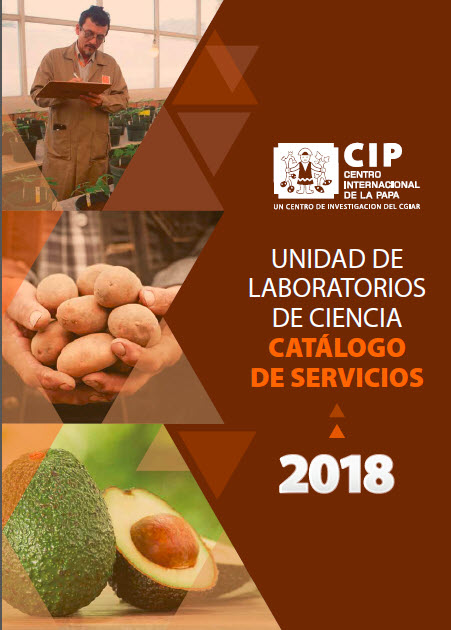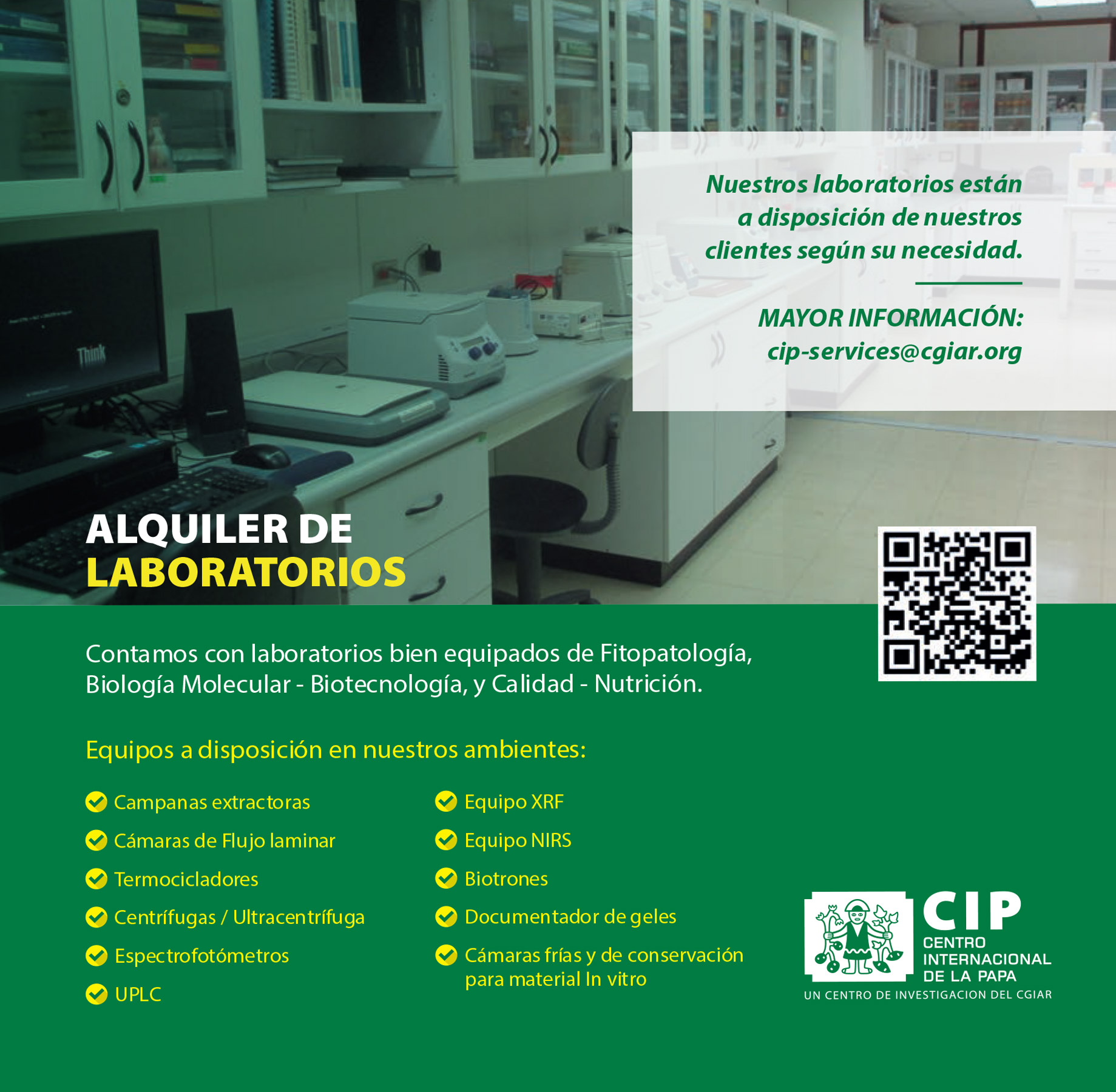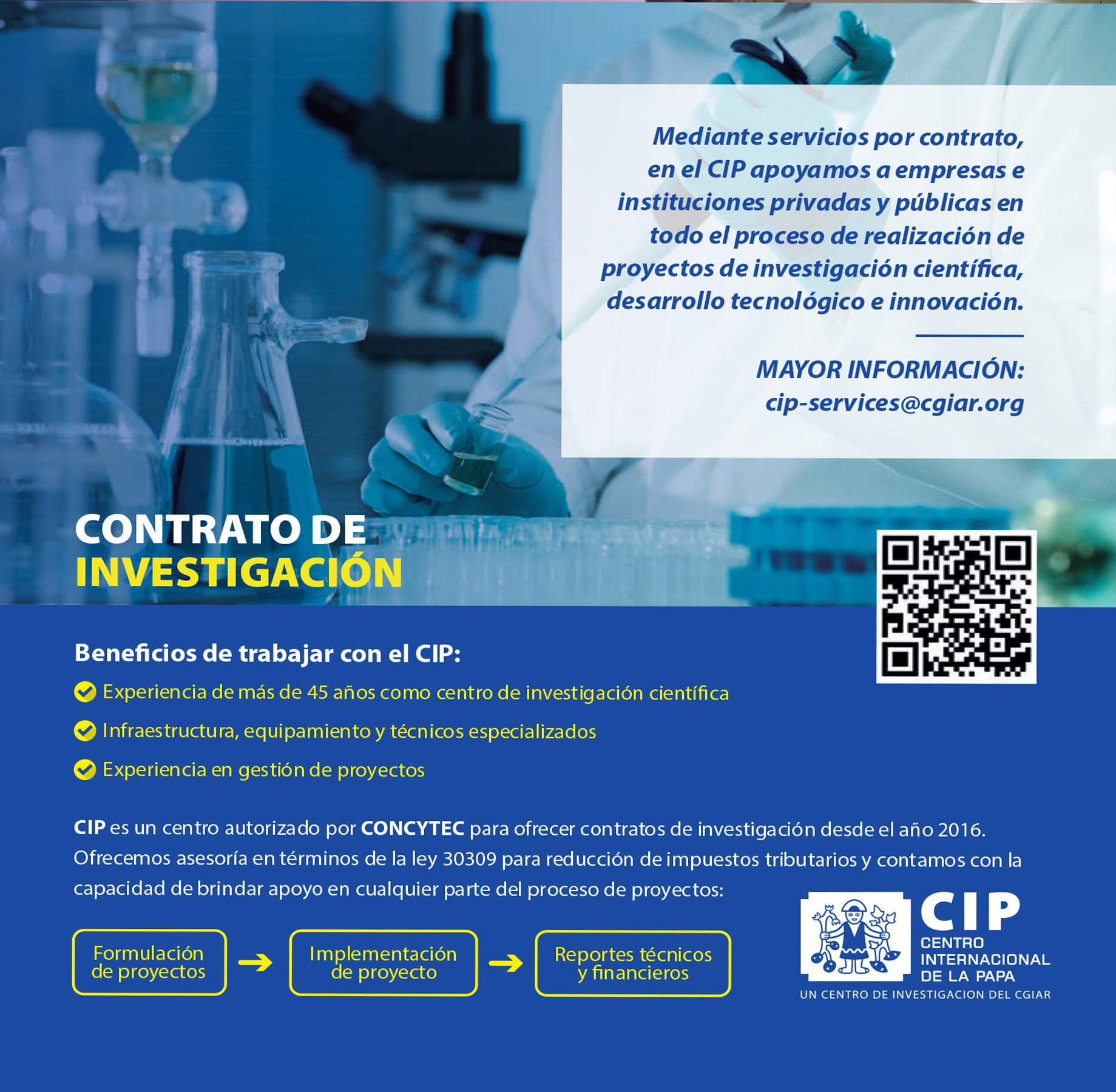The International Potato Center (known by its Spanish acronym CIP) is a research-for-development organization with a focus on potato, sweetpotato, and Andean roots and tubers. CIP is dedicated to delivering sustainable science-based solutions to the pressing world issues of hunger, poverty, gender equity, climate change and the preservation of our Earth’s fragile biodiversity and natural resources.
BIODIVERSITY, FOOD SECURITY, BUSINESS, SERVICES FOR SCIENCE AND INNOVATION
The potato has great potential for contributing to food security and development. It produces more calories per hectare than wheat or rice, requires less water than many crops and can be grown in a wide range of altitudes. World potato production has increased by 14.9 percent in the last 13 years, despite the fact that the area dedicated to the crop has decreased by 3.7 percent. The potato’s high productivity, adaptability and food value have led it to be cultivated in 163 countries. Currently, half of the world’s potato production is in Asia, mainly in China and India, where production has
increased by 109 percent and 145 percent respectively in the last 20 years.
Scientists at the International Potato Center (CIP) focus their efforts on the main challenges of potato farming and tapping the crop’s potential for improving lives. We develop potato varieties with high yields, rich in iron and zinc, resistant to pests and diseases and tolerant to high temperatures and droughts, in order to help smallholders deal with climate change and contribute to the preservation of the environment. We also develop and promote the use of appropriate tools and farmer training through participatory methods, with a gender responsive perspective. At the same time, we are cognizant of the need to help farmers gain access to better markets, which is why we work with different value chain actors to develop commercial innovations for national and international markets













